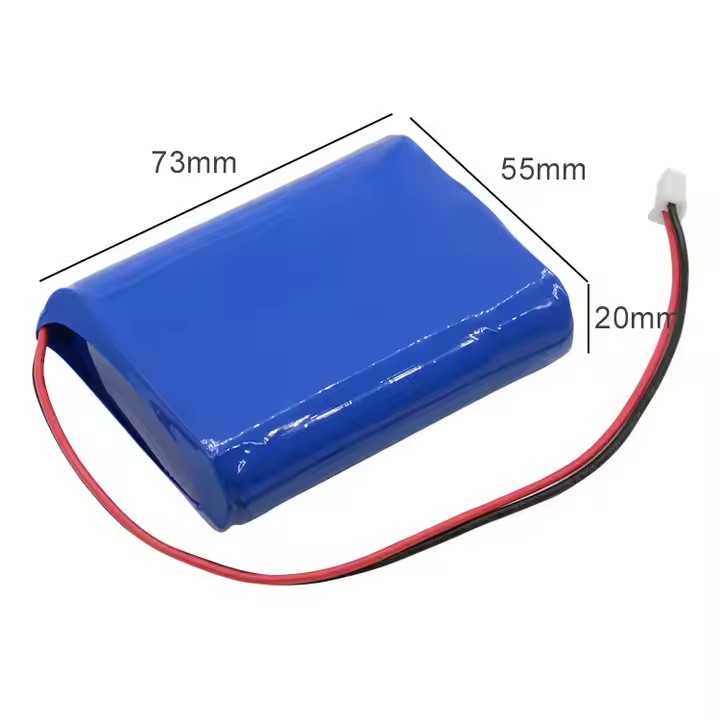Lithium-ion Battery Price Overview (2025)
1. General Price Ranges by Application
-
Consumer Electronics (e.g., smartphones, laptops):
- Small Li-ion packs (3.7V, 2000–5000mAh): 20–10014.
- High-capacity power banks (12V, 10Ah): 50–2001.
-
Electric Vehicles (EVs):
- EV battery packs (72V, 50–100Ah): 4,000–10,000+45.
- Custom high-voltage systems (e.g., 400V for cars): 10,000–50,000+4.
-
Energy Storage Systems (ESS):
- Residential solar storage (48V, 100–200Ah LiFePO4): 1,500–5,000+5.
- Industrial-grade Li-ion ESS (51.2V, 200Ah): 8,000–15,0005.
2. Key Price Influencers
- Capacity & Voltage: Higher Ah/kWh or voltage (e.g., 48V vs. 12V) increases costs significantly15.
- Chemistry:
- Standard Li-ion: Affordable but shorter lifespan24.
- LiFePO4 (lithium iron phosphate): 20–30% pricier but safer and longer-lasting57.
- Brand & Certification: Premium brands (e.g., Panasonic, LG) cost 20–50% more than generic alternatives14.
3. Market Trends
- The global Li-ion battery market exceeds $50 billion, driven by EV and renewable energy demand4.
- Prices for LiFePO4 batteries (popular for ESS) have dropped 15–20% since 2024 due to scaled production5.
⚠️ Note: Always verify certifications (UL, CE) and warranties when purchasing. Avoid uncertified ultra-cheap options14.
For tailored pricing, specify your voltage, capacity, and use case (e.g., EV, solar, or portable devices).
